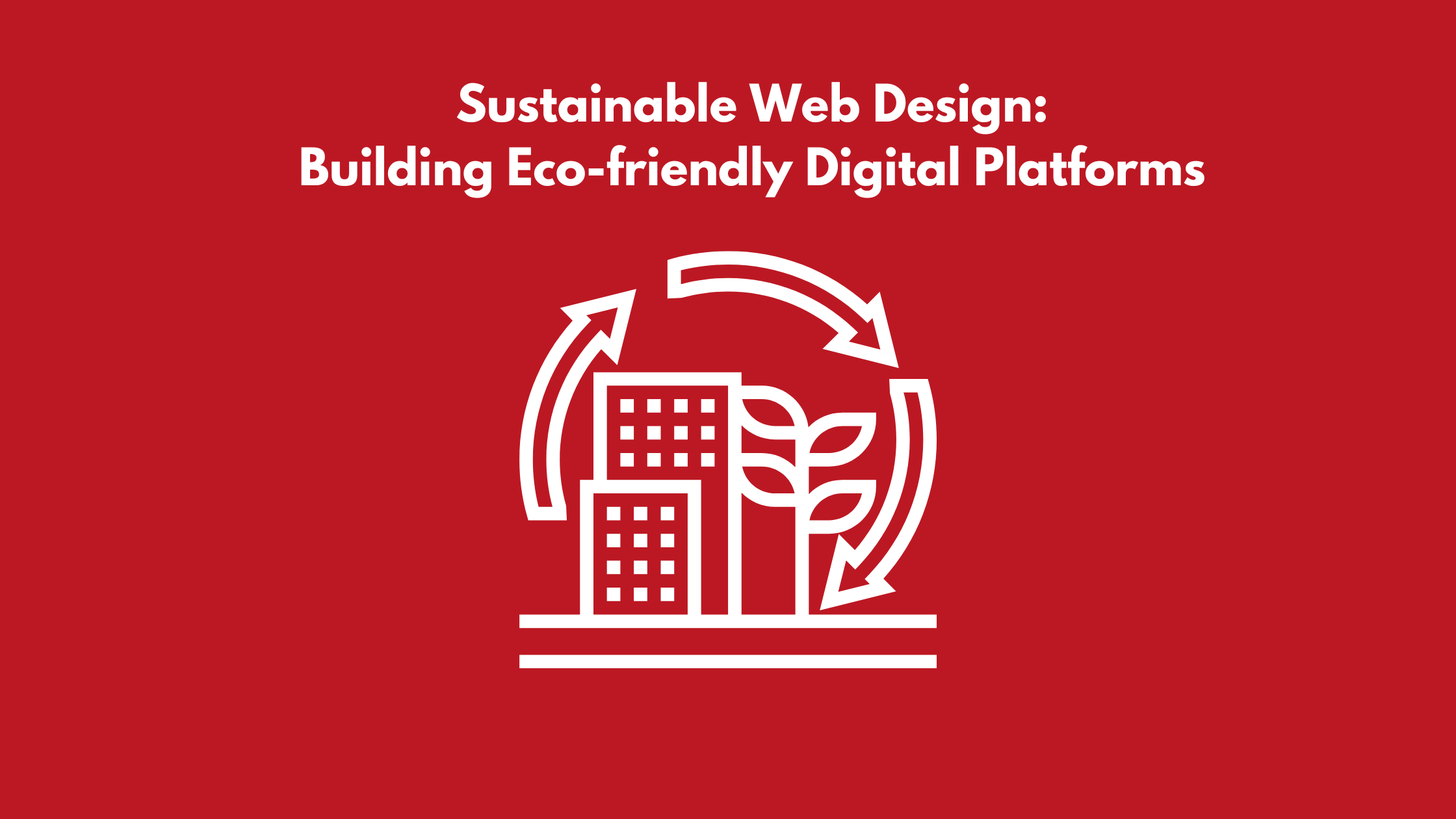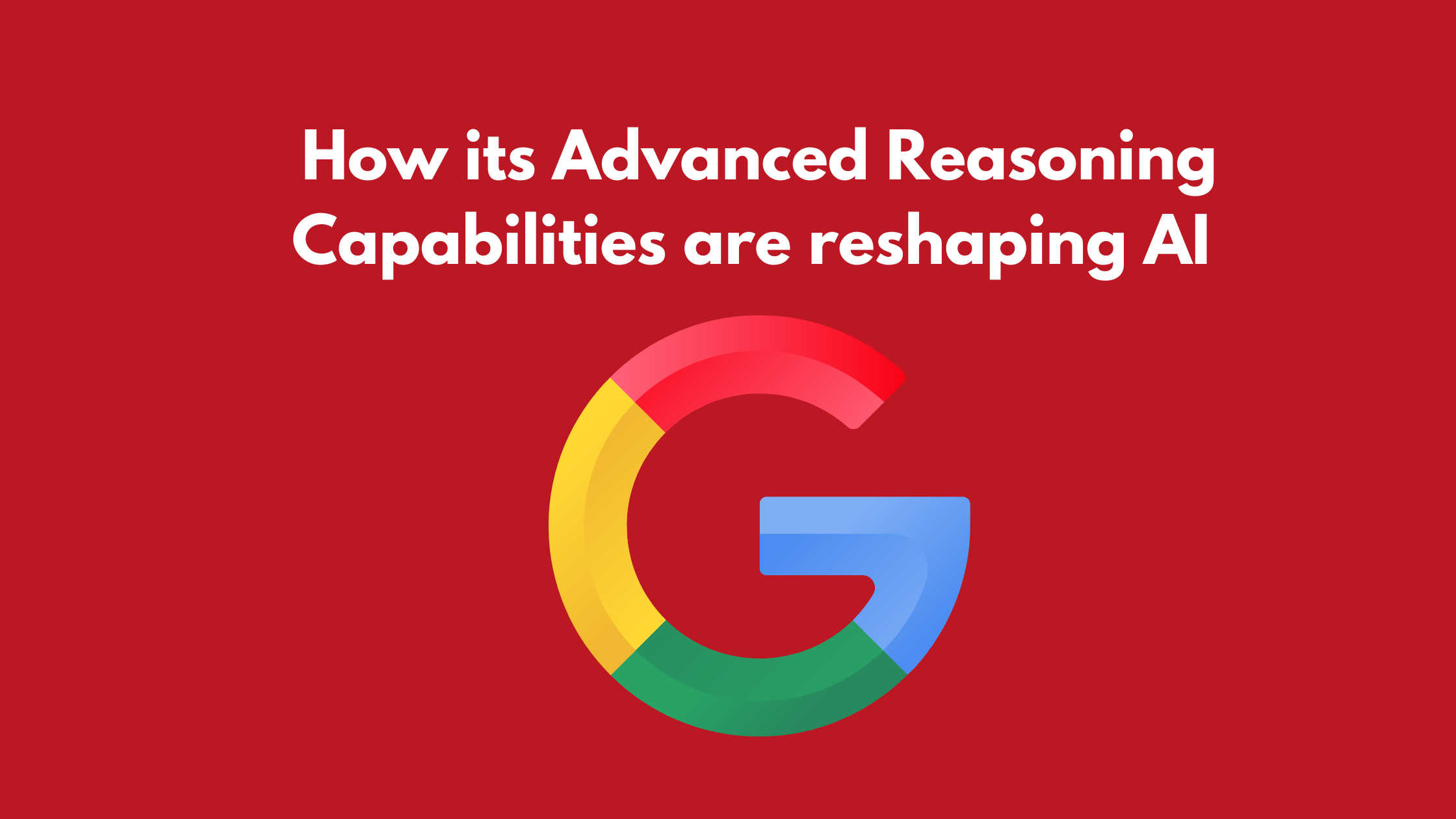
Sustainable Web Design: Building Eco-Friendly Digital Platforms focuses on creating energy-efficient, low-carbon websites by using green hosting, optimized coding, minimalist design, and media compression. As the internet's carbon footprint grows, adopting eco-friendly web practices helps reduce environmental impact while improving performance, SEO, and user experience. In 2025, businesses must prioritize sustainability in web development to align with global green initiatives and enhance digital efficiency.
Table of Contents
- Introduction to Sustainable Web Design
- The Environmental Impact of the Web
- Key Principles of Sustainable Web Design
- Energy-Efficient Hosting
- Minimalist Design for Faster Load Times
- Optimized Images and Videos
- Sustainable Coding Practices
- Dark Mode and Low-Energy Interfaces
- Best Practices for Developing Eco-Friendly Websites
- Green Web Hosting Services
- Reducing Website Carbon Footprint
- Enhancing Accessibility and Performance
- SEO and Sustainability: The Connection
- Case Studies: Brands Leading the Green Web Revolution
- Future Trends in Sustainable Web Design
- Conclusion
1. Introduction to Sustainable Web Design
By 2025, sustainable web design is no longer trendy but imperative. As consumers and companies become greener, the need for green digital platforms that keep their carbon footprint low and user experience high has increased.
2. The Environmental Impact of the Web
Did you know that the internet is responsible for almost 4% of global carbon emissions? Sites with high-media use, ineffective optimization, and bad coding have huge energy draws. Sustainable web design works to lower energy consumption, increase efficiency, and make a cleaner web.
3. Fundamental Principles of Sustainable Web Design
Energy-Efficient Hosting
Transitioning to renewable energy-powered green web hosting reduces carbon emissions greatly. Some of the most favored options in 2025 are GreenGeeks, Kualo, and Eco Web Hosting.
Minimalist Design for Reduced Load Times
A clean and minimalistic web design guarantees speedy loading, consuming less energy, and improving the user experience. Lightweight themes, fewer animations, and optimized layout all result in a reduced carbon footprint.
Optimized Images and Videos
Compression of media files through the use of next-gen formats like WebP and AVIF significantly lightens page weight. Lazy loading avoids unnecessary energy usage by loading images only when required.
Sustainable Coding Techniques
Optimistic coding reduces the energy needed for web page rendering. Lightweight CSS frameworks, minimizing JavaScript reliance, and caching techniques make the website eco-friendly.
Dark Mode and Low-Energy Interfaces
Dark mode and low-energy color schemes lower energy usage, particularly on OLED and AMOLED displays. Dark UI designs are embraced by numerous brands as a sustainable practice in 2025.
4. Eco-Friendly Web Development Best Practices
Green Web Hosting Services
Using hosting services that are powered by renewable energy reduces website carbon footprint. Some of the best options in 2025 include:
GreenGeeks (300% renewable energy match)
Kualo (Certified B Corporation)
Cloudflare Green Hosting
Minimizing Website Carbon Footprint
Limit tracking scripts and third-party plugins
Minimize server response time and use Content Delivery Networks (CDN)
Minimize autoplay media usage
Improving Accessibility and Performance
An environmentally friendly website must also be usable for every user. Alt text, legible font, and mobile-first design make it more usable without increasing the size of the site.
5. SEO and Sustainability: The Relationship
An environmentally friendly website is also an SEO-friendly website. Google favors sites that load quickly, are optimized, and easy to use when it comes to search rankings. Lowering bounce rates, optimizing Core Web Vitals, and using structured data all lead to improved search engine rankings.
6. Case Studies: Brands at the Forefront of the Green Web Revolution
Patagonia: A Pioneer in Sustainability
Patagonia's site employs minimalistic design, green hosting, and media-optimized media to minimize energy usage while delivering a high-end shopping experience.
Tesla: Efficient Website Infrastructure
Tesla's online ecosystem is fueled by optimized content delivery networks (CDNs), minimizing data transfer energy waste.
7. Sustainable Web Design Trends of the Future
AI-driven efficiency: AI will optimize website performance in real time.
Blockchain for transparency: Decentralized hosting and sustainable blockchain solutions will emerge.
5G-powered optimizations: Speedier connectivity will minimize energy waste by making the web more efficient.
8. Conclusion
Sustainable web design is not merely a carbon-reduction activity—it's about improving user experience, performance optimization, and future-proofing digital platforms. Businesses can spearhead the green digital revolution in 2025 by embracing green hosting, efficient coding, and low-energy design.
#sales# growth# trend# 2025# Website designing# website development# digital platform# digital marketing# sustainable web design# ecofriendly
Logixhunt is an IT company that provides cutting-edge services in the fields of website development, software development, and mobile app development. Logixhunt is dedicated to providing quality services to our clients, and helping young college students learn the most in-demand skills in the industry. We offer 3 and 6 months internship programs to college students, so they can stay up to date with the latest trends in the field. Our experienced team of professionals is always ready to help students hone their skills and become the next generation of tech professionals.

.png)
